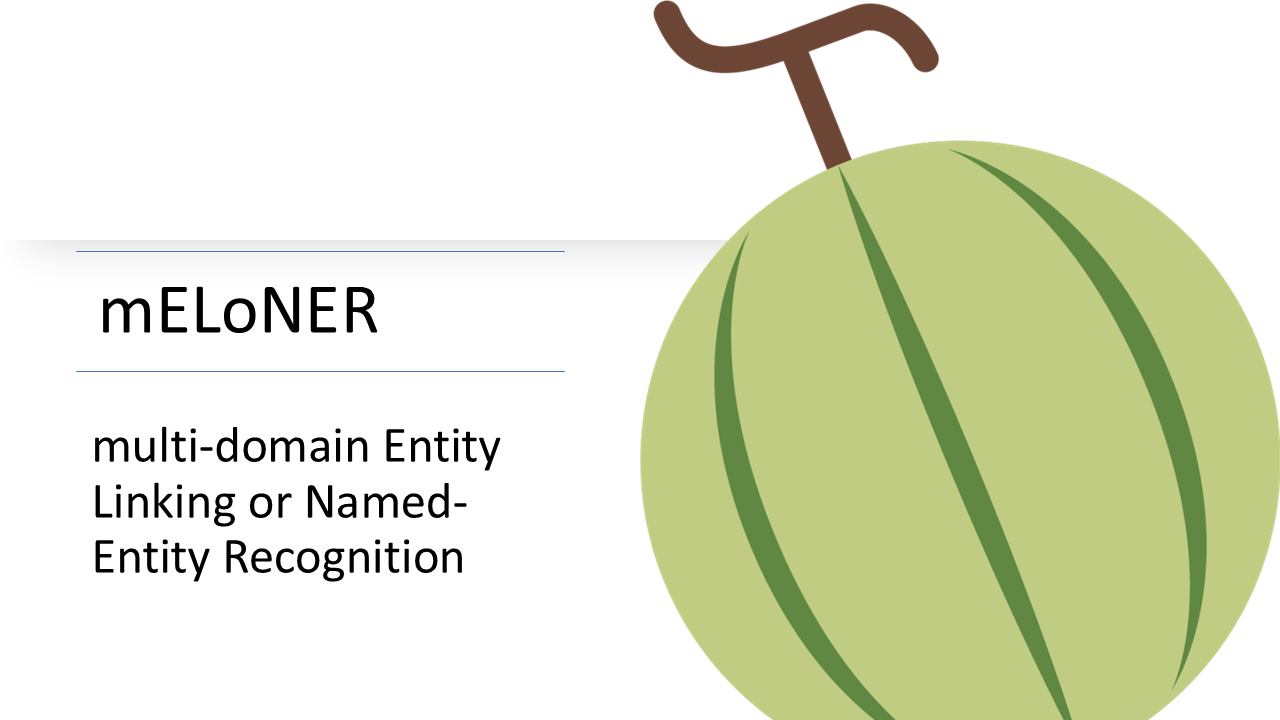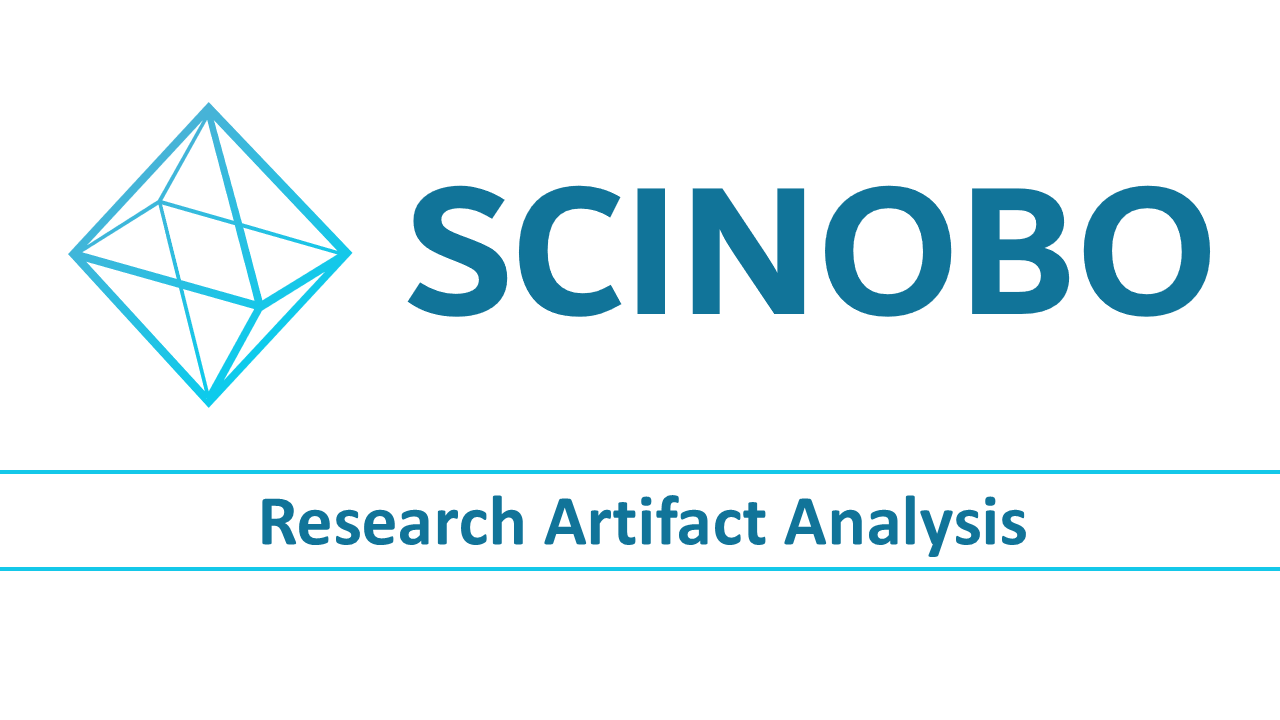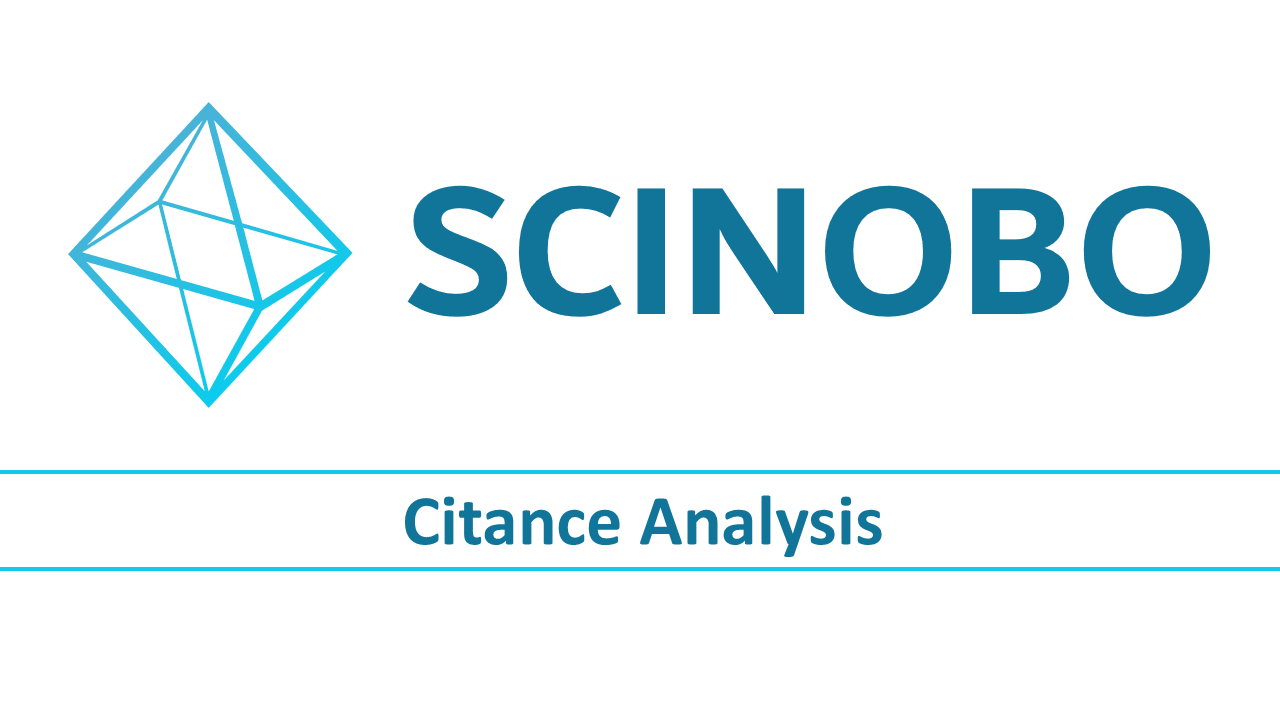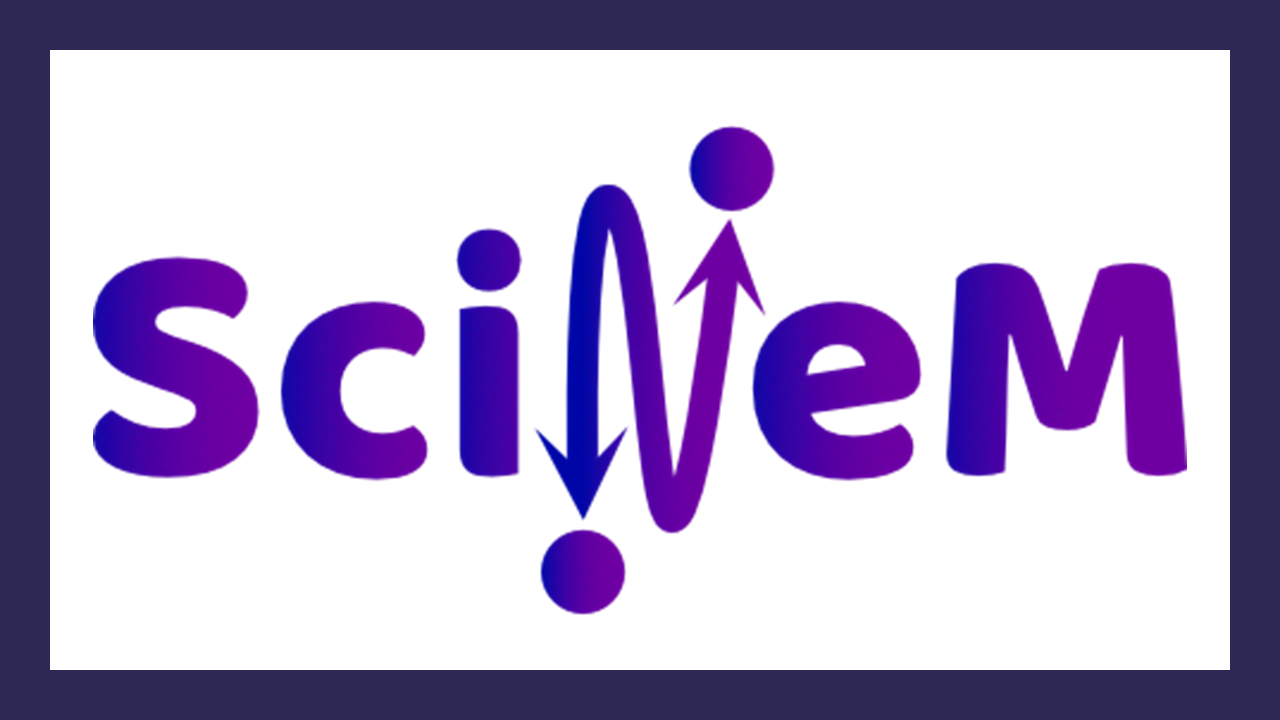Reproducibility assistant service bundle
This service assesses the reproducibility of published research based on textual information provided by article authors. By analyzing data, metadata, and additional research objects associated with the publications, this service provides quick feedback to authors about the replication potential of their work.


The bundle has the following components

Domain-agnostic named-entity recognition and linking for SKG enrichment
mELoNER
mELoNER is a set of models designed to identify mentions of key concepts or entities relevant to a research community within the texts of publications and/or other documents available in the corresponding SKG.

Enabling Reproducible Science through Research Artifact Analysis
SciNoBo RAA
This tool performs Research Artifact Analysis on scientific texts to extract mentions of Research Artifacts such as datasets and software, along with their metadata.

Unveiling the reproducibility of research through citance analysis
SciNoBo Citance Analysis
SciNoBo Citance Analysis analyzes citation statements and tries to determine their Intent, Polarity, Semantics and further scientific evidence.

Scientific text structure revealed
DoStRe
DoStRe (Document Structure Recognition) is a tool that recognizes the structure of scientific documents.

Data Science Tool for Heterogeneous Network Mining
SciNeM
SciNeM is data science tool for metapath-based querying and analysis of Heterogeneous Information Networks. It enables entity ranking, similarity searches, and community detection.